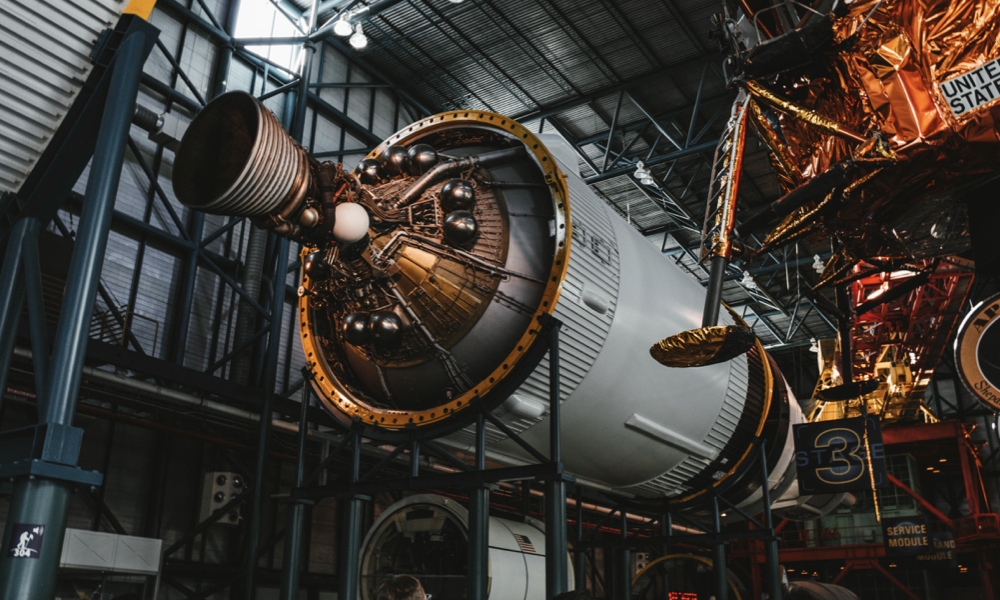
ESA Open Invitation To Tender AO8506
Open Date: 08/12/2015
Closing Date: 17/02/2016
Status: ISSUED
Reference Nr.: 15.197.17
Prog. Ref.: General Studies
Budget Ref.: E/0600-00 – General Studies
Special Prov.: BE+DK+FR+DE+IT+NL+ES+SE+CH+GB+IE+AT+NO+FI+PT+GR+LU+CZ+RO+PL+EE+HU+CA
Tender Type: C
Price Range: 200-500 KEURO
Establishment: ESTEC
Directorate: Directorate of Technical & Quality Manag
Department: System, Software & Technology Department
Division: Future Prep. & Strategic Studies Off.
Contract Officer: Giusy Menghini
Last Update Date: 08/12/2015
Update Reason: Tender issue
The activity investigates the feasibility of having real-time GNSS-based absolute navigation at sub-centimetre level (error < 1 cm in the position domain) by a: [1] New generation GNSS System, named as High Definition GNSS (HD-GNSS), which is built upon: – Incorporating additional GNSS satellites at MEO orbit. – Enhancing satellite ranging signals, by increasing RF carrier-phase stability over direction of transmission and over time. – Enhancing satellite orbit and clock information within the navigation message Note: The European Galileo System is the starting point for the HD-GNSS system. – [2] New generation GNSS User equipment, named as High Definition User (HD-USER), built upon evolutions on the dual-constellation multi-carrier ambiguity resolution techniques. Note: The United States GPS III system is selected as the 2nd constellation. The GPS III system is external to the HD-GNSS system. The activity objectives encompass the: – [1] HD-GNSS system architecture definition, and its preliminary design (limited to critical constituents);putting a very special emphasis on studying how satellite orbit and clock information in the navigation message could be enhanced,in order to make its contribution to the overall UERE, compatible with the HD-GNSS system target positioning accuracy. – [2] The HD-USER definition, and its preliminary design (limited to critical constituents); putting a very special emphasis on studying how user equipment positioning algorithms could be enhanced by advanced dual-constellation multi-carrier ambiguity resolution techniques (MCAR), solving carrier-phase ambiguities to integer numbers, with very short convergence time. – [3] The identification of the associated enabling technologies, and maturity levels (TRL).
If you wish to access the documents related to the Invitation to Tender, you have to log in to the ESA Portal.
